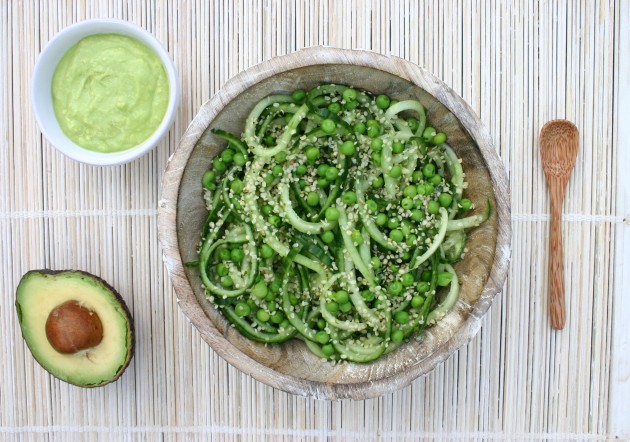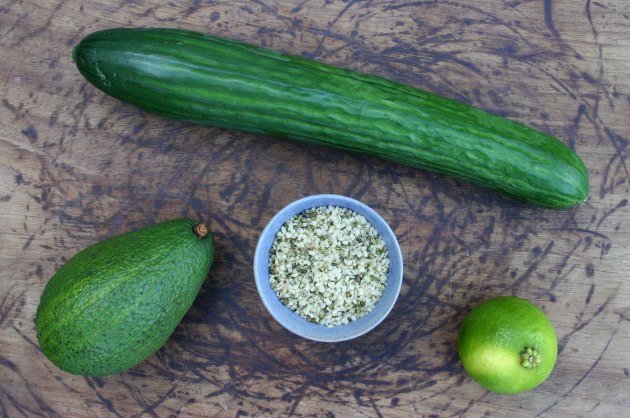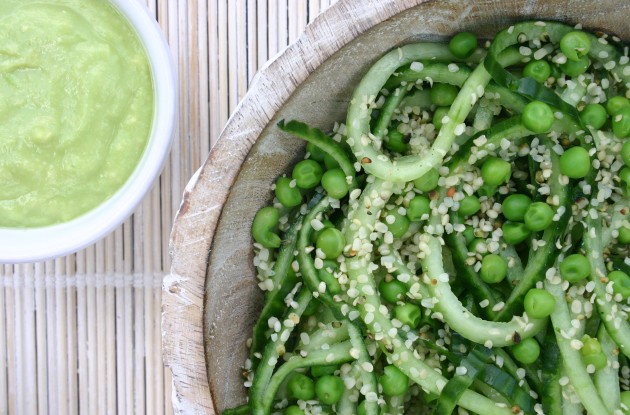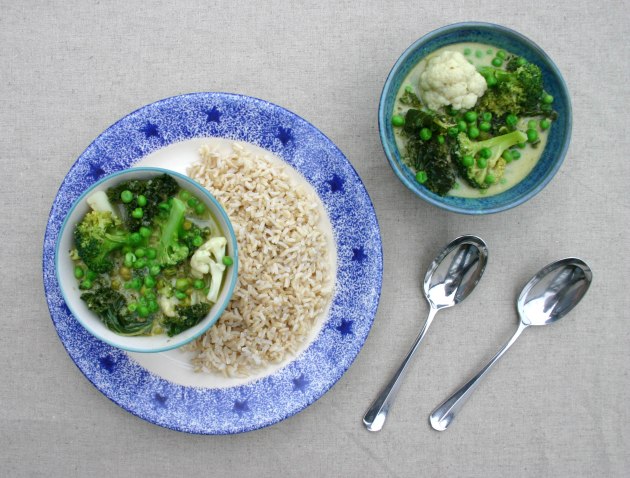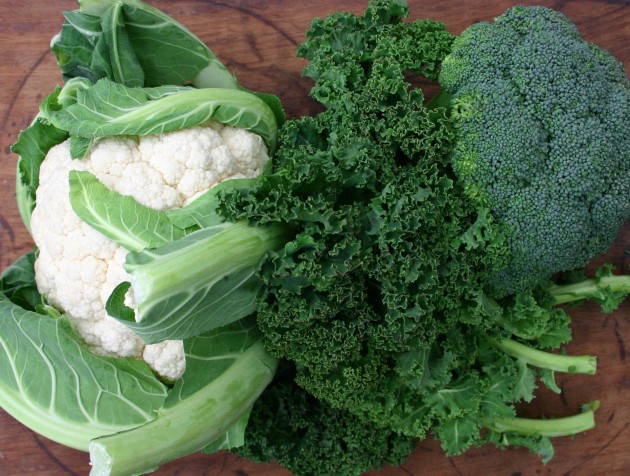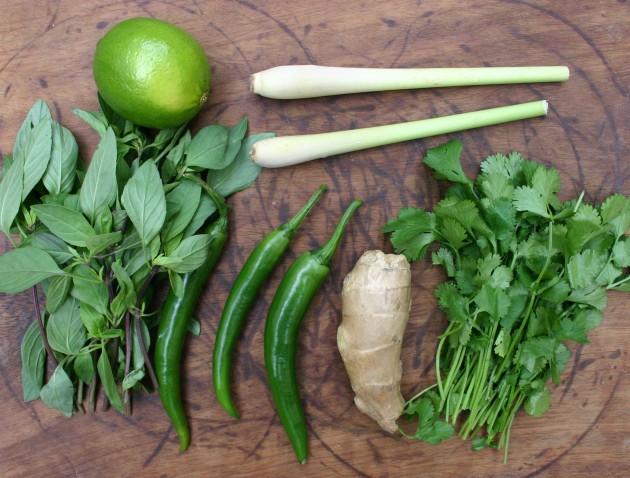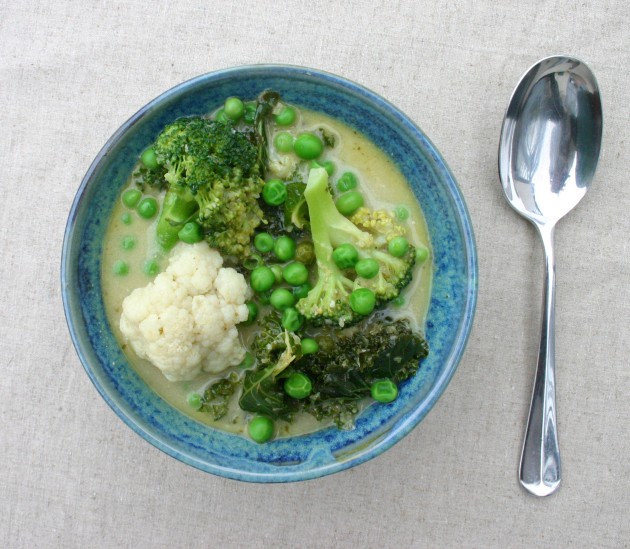When the word cucumber is mentioned people often wrinkle their nose and mutter something about watery tastelessness. Pieces of chopped cucumber are one of the main elements of a classic flaccid ‘side salad’, sitting amongst sad shreds of iceberg lettuce and under-ripe tomatoes. But I feel that cucumbers are unfairly thought of and dismissed. They can actually be quite exciting, and what’s more they’re really amazing for a boost of natural hydration in the body (they’re 95% water!) as well as helping to eliminate toxins. In addition, they help to cool inflammation and are a great source of vitamins C and K and potassium.
So what’s not to love about cucumbers? Especially if you spice things up and get a bit creative, which is what I’ve done here. Everyone’s going a bit bonkers for courgetti/zoodles at the moment, but what about cucumber noodles? If you haven’t got a spiralizer then grab yourself one – they are so useful and somehow make vegetables taste better. The avocado dressing is oh-so-simple and gives the cucumber strands a zingy creaminess which complements each soft crunch of fresh cucumber. Hemp seeds add a great source of protein and a nutty flavour, and peas a delicate sweetness. Altogether, this creates a lovely light lunch which will refresh you for the afternoon.
Sadly the summer is coming to its end here in Britain, so we need to make the most of the last of its delicious fare. Peas are still just in season – try to find some in their pods as the taste is so much greater compared to those little frozen ones. And the cucumber season may not quite be at its height in September but go and grab one before the autumn chilliness sets in and the last of the summer sunshine dwindles.
Serves 1
- ½ a whole cucumber
- 60g petit pois
- 4 teaspoons hemp seeds
For the avocado dressing:
- ½ an avocado
- ½ a lime
- 1 teaspoon tahini
- 1 teaspoon avocado oil
- 1 teaspoon extra virgin olive oil
- 1 teaspoon apple cider vinegar
- 2 tablespoons water
- A pinch of sea salt
Start by making the dressing. Squash the avocado with a fork until all lumps have disappeared and squeeze the juice out of the lime. Add both of these to a jug or cup along with the tahini, avocado oil, olive oil, apple cider vinegar, water and salt. Whisk this all up together until it’s combined into a creamy dressing.
At this point, put a small amount of water in a saucepan and bring to the boil. Add the petit pois (or garden peas) and simmer for approximately 4 minutes until tender. Spiralize the cucumber onto a plate. When the peas are cooked drain them and mix them up with the cucumber noodles. Sprinkle over the hemp seeds and then stir it all up with the dressing before serving and enjoying!

